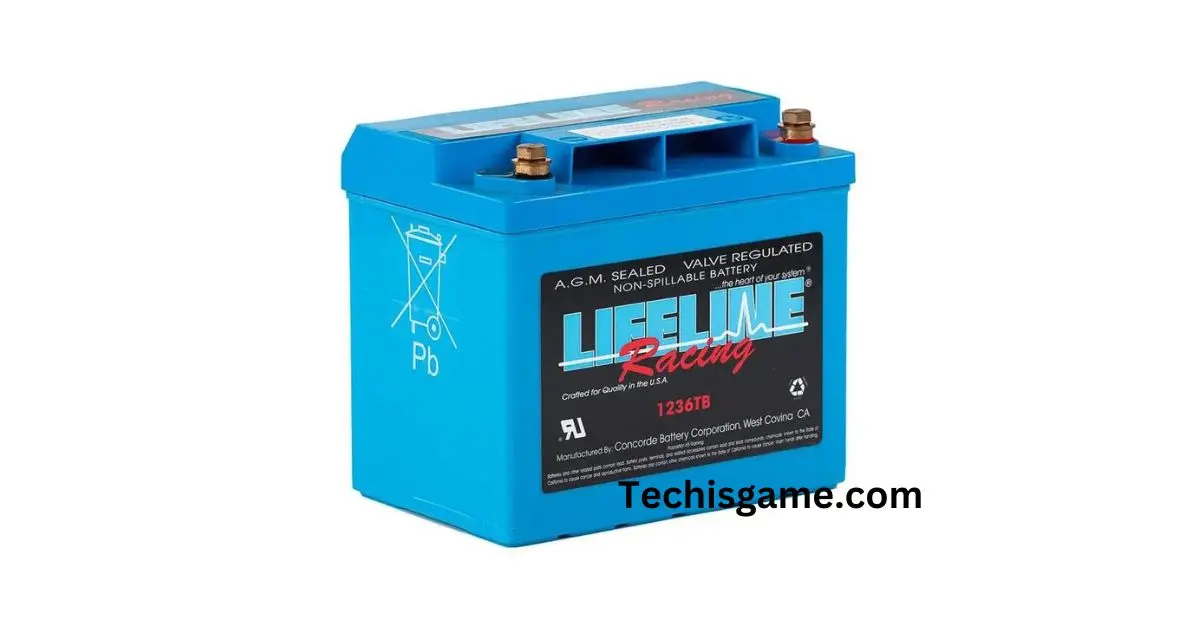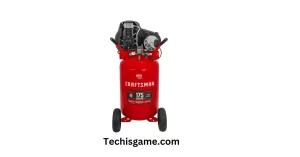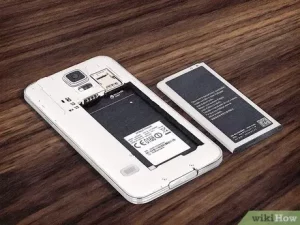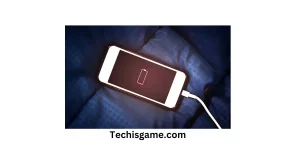An Absorbent Glass Mat (AGM) battery is a special kind of sealed battery that uses a spongy glass mat to hold the battery’s power juice (the electrolyte) right next to its metal plates. This design is different from regular batteries because it keeps everything sealed up tight, making it spill-proof and maintenance-free. These batteries are great for things like cars, boats, and backup power systems because they can handle rough vibrations without spilling a drop of their power.
Factors Influencing AGM Battery Lifespan:
Think of AGM batteries like living things that need care. How you treat them makes a big difference. Try not to use them until they’re totally empty—it’s better to keep some power in them. Extreme temperatures, whether too hot or too cold, can stress them out, so try to keep them comfy.
Taking care of them means keeping an eye on their connections, making sure they’re clean and snug. When it’s time to charge, use the right charger—too much or too little charge can be tough on them. Also, don’t make them work too hard or forget to recharge them when they’re low.
Average Lifespan of AGM Batteries:
AGM batteries typically last between 4 to 7 years on average, but their lifespan can extend beyond this range with proper care. The duration of an AGM battery’s life is influenced by various factors. Heavy use or frequent deep discharges can significantly reduce its longevity, while regular maintenance, such as ensuring proper charging, checking for corrosion or leaks, and keeping the battery clean, can extend its life. Temperature extremes, both hot and cold, can also impact its performance and shorten its lifespan.
Consistent charging patterns and adherence to manufacturer guidelines for usage and maintenance play crucial roles in maximising an AGM battery’s longevity. Investing in higher-quality AGM batteries from reputable manufacturers often yields better durability compared to cheaper alternatives. Taking these factors into account and following best practices can help prolong the lifespan of AGM batteries.
Signs of AGM Battery Degradation:
Degradation in AGM batteries can manifest through various signs. One indication is reduced cranking power, leading to difficulty starting a vehicle or equipment, with the engine struggling to turn over or lights appearing dimmer than usual. Another warning sign is slow recharging or failure to reach a full charge, suggesting internal damage or degradation. As an AGM battery ages, its overall lifespan diminishes, resulting in a shorter duration between charges.
An increased rate of self-discharge, noticeable physical changes such as leaks, cracks, or bulging in the battery casing, or electrolyte seepage around terminals can all signal internal issues and impending failure. Electrical problems like intermittent power loss or irregular performance of electrical components may also hint at a failing AGM battery. Regular monitoring of these signs and conducting routine checks on the battery’s condition and performance can aid in identifying degradation early on, prompting necessary testing or replacement to avoid unexpected failure.
Extending the Lifespan of AGM batteries:
Extending the lifespan of AGM batteries depends upon its smart care. To avoid overcharging, choose the suitable charger. Shallow discharges are better for the health of the battery, so try not to drain it completely. Regularly clean corrosion from its terminals.
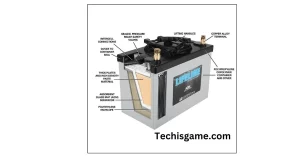
Keep the battery from extremely hot or cold to maintain its efficiency. Avoid heavy loads or leaving it discharged for too long without recharging.
Regular maintenance is paramount; inspect the battery routinely, keeping it clean and free from corrosion, while checking for any signs of damage or leaks. Employ AGM batteries only in compatible systems and equipment to avoid misuse that might diminish their lifespan. Store batteries properly in cool, dry conditions with a partial charge if not in use for extended periods, ensuring periodic recharging to prevent complete discharge.
Comparison with Other Battery Types:
AGM batteries, a type of sealed lead-acid battery, offer a spill-proof and maintenance-free design due to their absorbed glass mat separator. This design provides better resistance to vibration compared to conventional flooded lead-acid batteries, which require regular maintenance for electrolyte checks and may be prone to spills.
Comparison with Gel Batteries:
Gel batteries, similar to AGM in their sealed construction, utilize a thickening agent to immobilize the electrolyte. While AGM batteries typically have a higher power density and improved resistance to overcharging, gel batteries may have limitations with high currents and might need specific charging care.
Comparison with Lithium-ion Batteries:
Lithium-ion batteries, although more expensive, boast higher energy densities and durability over charge cycles. They are lighter and find applications in portable electronics, electric vehicles, and renewable energy storage systems. AGM batteries, being lead-acid, are cost-effective and commonly used in automotive applications and power backups.
Conclusion:
In conclusion, AGM batteries are trustworthy. They’re spill-proof, low-maintenance, and can handle shocks and vibrations really well. These batteries are widely used in cars, boats, and backup power systems because they’re reliable and need minimal attention.
Remember, when picking a battery, it’s all about balancing what you need—whether it’s reliability, cost-effectiveness, or the latest tech features.

